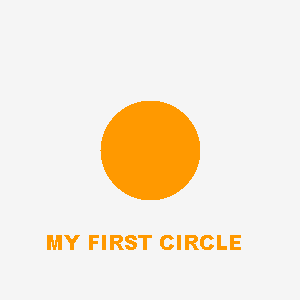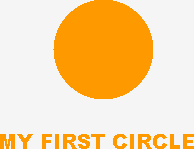Trimming An Image Canvas With ImageUtils.cfc ColdFusion Image Component
I'm not gonna bother posting the code here, since it's in the ImageUtils.cfc RIA Forge project, but I created two new methods for trimming a ColdFusion image canvas:
TrimCanvas( Image, BackgroundColor [, Tolerance ] )
This will take a ColdFusion image object and, given the background color, it will reduce the size of the canvas to the smallest possible rectangle without hurting any of the primary image data. You can pass in an optional tolerance value. The tolerance allows some flexibility when it comes to matching the current pixel color to the given background color. The tolerance is the allowable delta in any given color channel (0 to 255).
TrimCanvasSide( Image, Side, BackgroundColor [, Tolerance ] )
This will trim just the given side of the canvas. In reality, TrimCanvas() internally calls this method four times - once per side.
These are SLOW functions. This should not be something that is done on the fly, but rather something that is done to prepare a future-static image. That being said, let's take a look at some sample code:
<!--- Create the image utils object. --->
<cfset objImageUtils = CreateObject(
"component",
"imageutilsroot.imageUtils"
).Init()
/>
<!--- Create a large, off-white canvas. --->
<cfset objImage = ImageNew(
"",
300,
300,
"argb",
"##F5F5F5"
) />
<!--- Set the drawing color. --->
<cfset ImageSetDrawingColor(
objImage,
"##FF9900"
) />
<!--- Draw a circle in the middle of the canvas. --->
<cfset ImageDrawOval(
objImage,
100,
100,
100,
100,
"yes"
) />
<!--- Set up our font properties. --->
<cfset objFont = {
Size = "20",
Font = "Arial Black"
} />
<!--- Draw text. --->
<cfset ImageDrawText(
objImage,
"MY FIRST CIRCLE",
45,
250,
objFont
) />
<p>
<!--- Write image to browser. --->
<cfimage
action="writetobrowser"
source="#objImage#"
/>
</p>
<!--- Trim the canvas. --->
<cfset objImage = objImageUtils.TrimCanvas(
objImage,
"##F5F5F5"
) />
<p>
<!--- Write image to browser. --->
<cfimage
action="writetobrowser"
source="#objImage#"
/>
</p>
In this demo, we are creating a canvas with a centered circle and some text. Then we are outputting it. Then, we are trimming the canvas and outputting the smaller canvas. Running the above code, we get the following output:


As you can see, the excess "background color" was trimmed away from our original image leaving the smallest possible canvas that contained all of the primary image data. Again, this is a very SLOW function. This demo took several seconds to run and the image that we are working on is rather small. This is not something you are going to want to run all the time. Hopefully, I can think of a better, faster way to do this.
Want to use code from this post? Check out the license.
Reader Comments
I haven't been able to get this method to work. I've posted an issue regarding it in Riaforge.